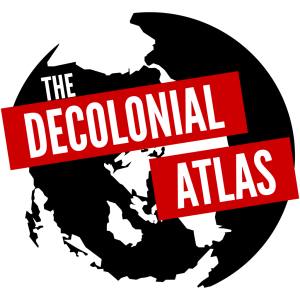
The vocabulary we use to describe landforms and landscapes comes from languages around the world. It’s a prevalent example of how we rely upon the traditional ecological knowledge of peoples who know their lands best.
Here are some of the etymologies:
Alpine: From Latin Alpes “The Alps”
Archipelago: From Greek Arkhi Pélagos “chief sea” referring to the Aegean Sea
Atoll: From Dhivehi atholhu “palm of the hand”
Bayou: From Choctaw bayuk “small stream”
Billabong: From Wiradjuri bilabaŋ “watercourse that runs only after rain”
caldera: From Spanish caldera “cooking pot” referring to Las Cañadas caldera in the Canary Islands.
Cay: From Taíno cairi “island”
Cenote: From Yucatec Maya tsʼonot “accessible groundwater”
Drumlin: From Irish droimnín “littlest ridge”
Fjord: From Norwegian fjord “lake-like”
Geyser: From Icelandic Geysir “one who gushes”
Isthmus: From Greek isthmos “neck” referring to the Isthmus of Corinth
Jungle: From Sanskrit jaṅgala “arid”
Lagoon: From Venetian Laguna “lake” referring to the Venetian Lagoon
Mangrove: From Guaraní mangle “twisted tree”
Monadnock: From Abenaki Menonadenak “smooth mountain” referring to Mount Monadnock
Oasis: From Egyptian ouahe “dwelling place”
Savannah: From Taíno sabana “treeless plain”
Steppe: From Russian stepʹ “flat grassy plain”
Taiga: From Yakut tayga “untraversable forest”
Tundra: From Kildin Sami tūndâr “treeless plain”
Volcano: From Sicilian Vulcano, one of the Aeolian Islands
Map by Jordan Engel. As always, the Decolonial Atlas’ original media can be reused under the Decolonial Media License 0.1. Feel free to print this map yourself, and send us your photos of it out in the real world!

[…] is critical to understand is that place is more than physical and spatial characterizations*, but place and spaces are relational and entangled with history, culture, society, geography, and […]
LikeLike